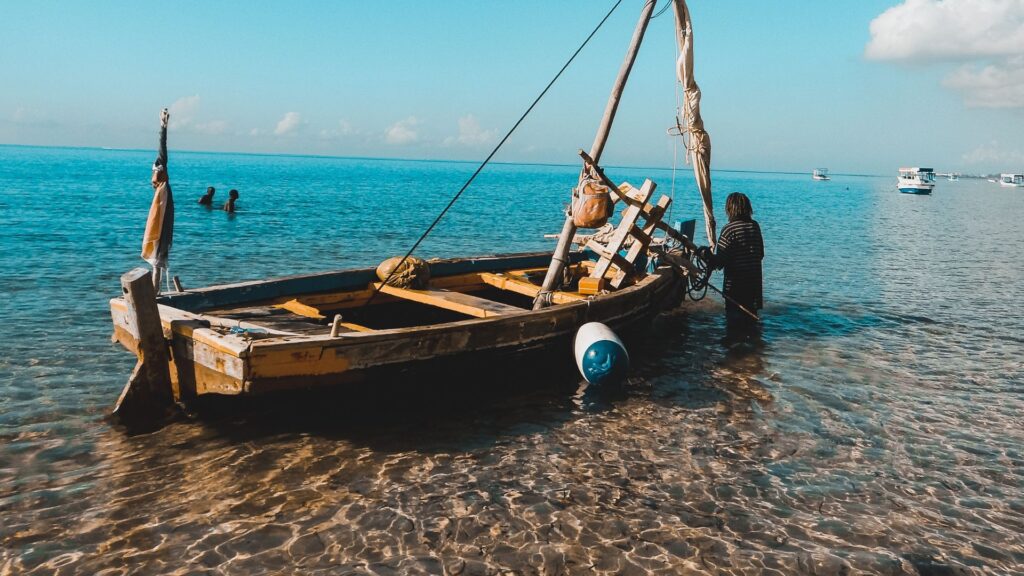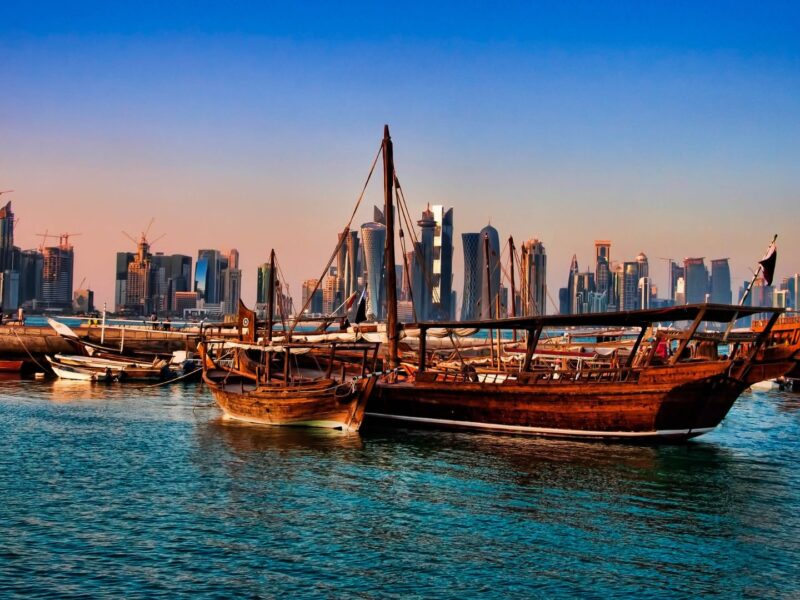Dhow cruises have emerged as one of the most sought-after tourist attractions in a few regions, offering visitors a chance to experience a unique cultural experience. These traditional sailing vessels, with their distinctive triangular sails, have been an integral part of trade and transportation in the Middle East and East Africa for centuries. Now, tourists can sail on a dhow and admire a region’s natural beauty while taking in the views.
A Journey Through the History of Dhows

The history of dhows can be traced back to ancient times, when they were used as trading vessels along the coasts of the Indian Ocean and the Arabian Gulf. These sturdy wooden ships were the backbone of the Arab trading network, carrying goods such as spices, textiles, and pearls from India, Africa, and other parts of the world to the bustling ports of the Middle East.
Over time, the design of dhows evolved to include a distinctive triangular sail, which allowed them to travel further and faster across the open seas. Dhows range in size from those suitable for a handful of people to those comparable to big cruise ships. Today, dhows are still an important part of the region’s maritime culture, and they continue to be used for fishing, transportation, and leisure activities.
A Cultural Experience
Dhow cruises offer visitors an opportunity to eat local cuisine and see historical landmarks. However, what sets them apart is the chance to experience traditional entertainment such as music and dance. The live performances showcase the vibrancy of local culture and create a sense of awe and wonder for visitors.
Dhow cruises offered during the day often include a scenic tour of fjords and local waterways, passing by notable sights and points of interest. In addition, prior to departing on a cruise, passengers frequently get the option of visiting local markets and shops where they can purchase souvenirs and local handicrafts.
However, evening Dhow cruises are absolutely magical. As the sun sets and darkness descends, the beautiful lights reflecting over the waters create an enchanting atmosphere. The skyline of the city is transformed into a sparkling spectacle of lights, and the tranquil waters shimmer with the reflection of the twinkling stars above.
The rhythmic sound of the dhow cutting through the water, coupled with the local entertainment, creates an unforgettable experience. It is a moment of pure enchantment and serenity that visitors are sure to cherish for a lifetime.

A Feast for the Senses
As visitors step aboard the dhow, they are immediately transported to another world. The scent of the sea air mixes with the aroma of freshly prepared local cuisine, tantalizing the taste buds. The gentle sound of waves lapping against the hull of the dhow provides a soothing soundtrack to the journey, and the stunning views of the natural beauty of the region are a feast for the eyes.
Destinations
The timeless elegance and mystique of dhow cruises have made them a popular attraction in many cities across the Middle East and East Africa. One such city is Dubai, where visitors can take a serene journey on a dhow and explore the magnificent views of the city skyline from the waters of Dubai Creek. In the charming capital city of Oman, Muscat, tourists can explore the stunning coastline of the city while indulging in the local culture and traditions.
Zanzibar offers a romantic and unique cultural experience with a sunset dhow cruise, complete with traditional entertainment and an exquisite seafood dinner. From Abu Dhabi to Doha and Mombasa, these cities offer dhow cruises that are a great way to see the area’s natural beauty and learn about its history and culture.
Economic Benefits and Challenges
The popularity of dhow cruises has a significant impact on local economies. As tourism grows, there is an increase in demand for local goods and services, leading to job opportunities and boosting the local economy. Local businesses such as restaurants, hotels, and souvenir shops thrive due to the influx of visitors. Dhow cruises have created a new avenue for employment, with locals working as tour guides, cooks, and sailors, among others.
There is concern that the rising popularity of dhow cruises would commercialize local culture. Some locals feel that their traditions are being exploited for commercial gain, jeopardizing the authenticity of the culture and risking cultural commercialization, which could lead to a distorted representation of local traditions.
Dhow cruises offer a unique and authentic cultural experience that provides a glimpse into the local heritage and customs. The mystique and charm of dhow cruises make them an attraction that should not be missed. With the right balance of preservation of local culture and responsible tourism practices, dhow cruises can continue to be a source of economic and cultural enrichment for generations to come. So, set sail and discover the mystical charm of dhow cruise.

“Take memories only, leave footprints behind.”
